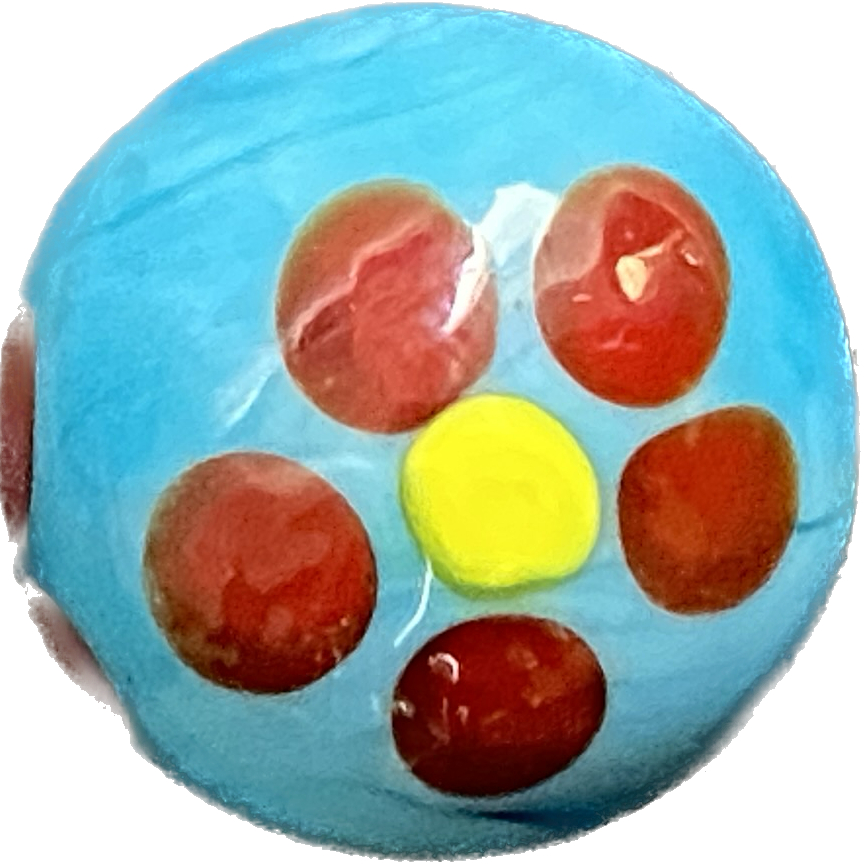Hi Angel
You asked me to try and explain what Dr Bacon seems to be saying about constellations.
As you know my distant ancestor, Tycho Brahe, was a bit of a wild character and among other things used a prosthetic golden nose after the original was cut off in a duel. But he did do a lot of serious astronomy as well, including discovering supernovas which is pretty cool. In fact some suggest Kepler built his own reputation by nicking most of Tycho’s work. Tycho also made studies of the constellations and I’ve had a look back through that as well as doing a bit of research myself. Dr Bacon may be talking nonsense, but I think I get the gist of it.
The stars that spangle the night sky mesmerise us and the compulsion to connect them into patterns is irresistible. This mirrors our inward compulsion to make connections of everything we experience, all the “dots” as Dr Bacon calls them. We string them together with stories like necklaces of seed pearls – some short, some long. These stories grow from what we think we know and from our experiences and sensory perceptions, just as constellations have developed from stars, but for both constellations and stories it’s our imagination that does the linking.
There is no real connection between the stars within a constellation other than the connections we imagine. We select the stars that form each of the 88 constellations based only on our perception of brightness and proximity from a narrow earthbound viewpoint. In truth they range from between 26 and several thousand light years away from us (each light year being 5.88 trillion miles). Viewed from another angle or in three dimensions there would in most cases be no relationship at all. We could call constellations a coincidence.
The original 48 constellations were a product of stories woven by ancient Greek minds, and intertwined with their myths. But their origins go back further, at least into Mesopotamian times. Like stories they have been continually revised and updated, missing out the vast majority of stars and dots that don’t fit their narrative. A selection is essential because there are an infinite number of them and otherwise it would be impossible to put together any story or constellation and without them we would be lost for ever.
Constellations like stories don’t just entertain but provide a practical means of finding and remembering patterns for navigation. Take for example the Pole Star, which in the Northern hemisphere is the pilot’s constant north as the brightest star directly above the axis of Earth. It can most easily be found by tracing a line from Merak and Dubhe, the two stars on the side of the Plough opposite to the yoke or pan handle.
Joining dots to make stories serves a similar function for all our perceptions. Unless you use stories to thread your life together you have no way of finding true north, envisaging who you are or where you are going. That’s when, according to Doctor Bacon, you go round the twist or lose your marbles.
Hope that helps.
Puk
